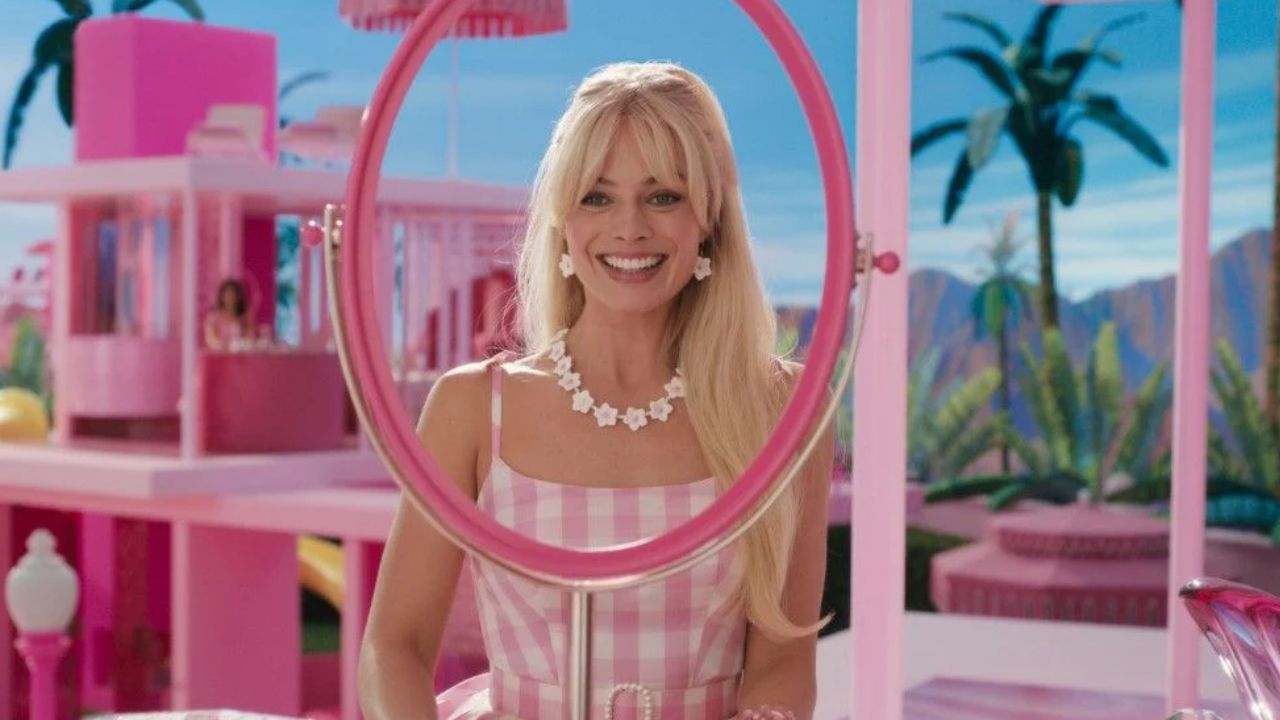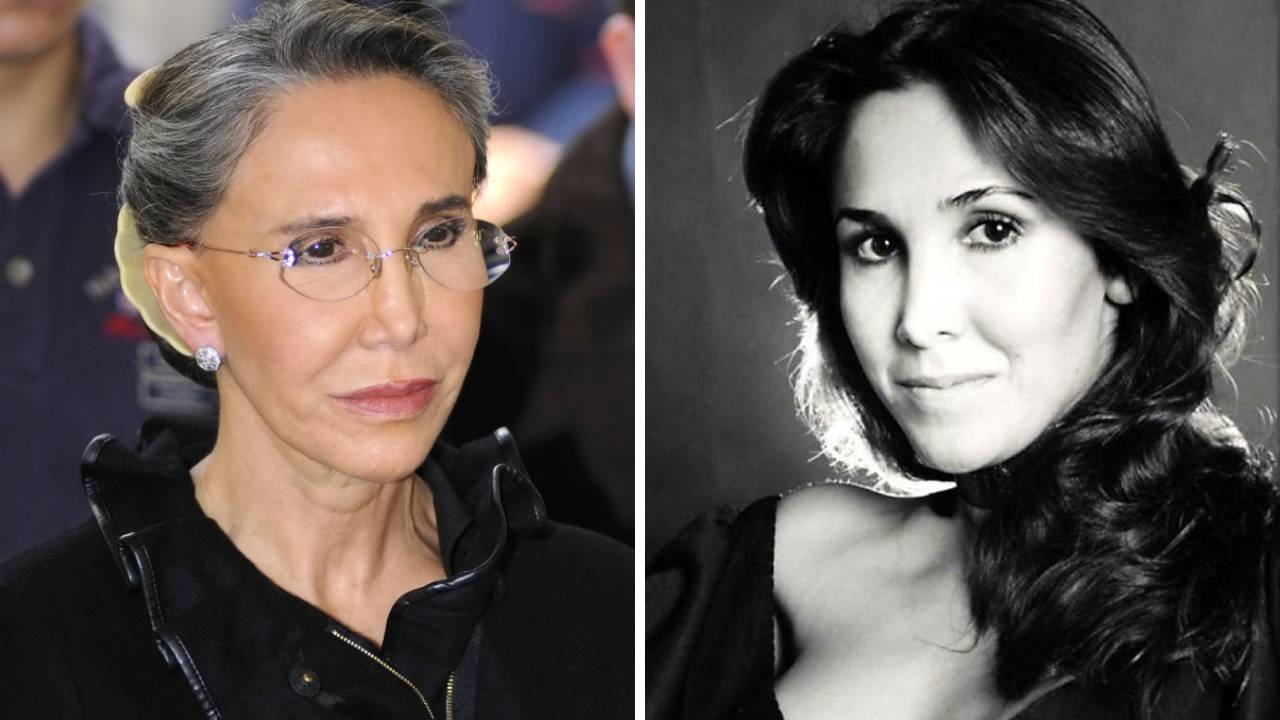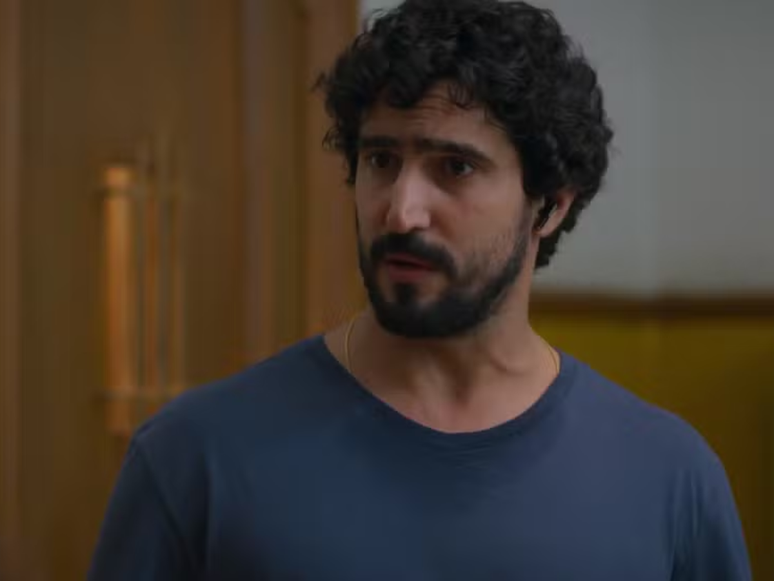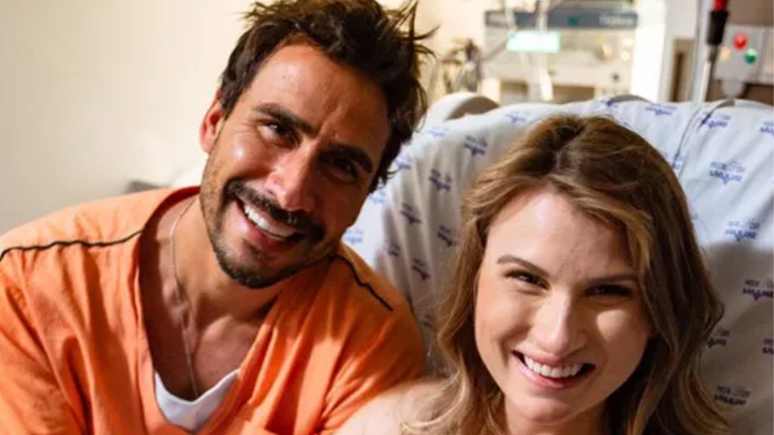The reality participant had a condition identified by a colleague. The congenital alteration does not usually pose a risk to the bearer
One situation caught the attention of participants in the 2023 edition of the programme Big Brother Brazil, from TVGlobo. During a conversation in the home gym, biophysician Ricardo noted in the hand of Marvvilla an “extra finger”. The condition is called polydactyly and it is considered by doctors to be a common congenital alteration, that is, it occurs from birth, and which normally does not make life difficult for the bearer.
“I don’t know what it’s called, I just know it’s a hanging finger,” the attendee revealed Tuesday night, 7. “We have me, my mother, my brother, my mother’s sister, my sister’s seven children.” my mother, who are my cousins, and my cousins’ children,” he said.
The condition can have genetic causes, as well as malformations during pregnancy or be associated with other problems, such as Donw syndrome and Turner syndrome. «This peculiarity is very common, about 1 person in 500 is born with polydactyly. It is also more frequent in black people and about 70% of patients have it on both sides of the hands,” specifies the orthopedic surgeon, member of the Brazilian Society of Orthopedics and Traumatology (SBOT) and specialist in surgery of the hand, Marcelo Araf.
The extra finger is usually diagnosed by the obstetrician during delivery or ultrasound.
Pediatric orthopedic surgeon Fábio Silveira Matos, a member of the Technical Chamber of Orthopedics of the Regional Council of Medicine of Bahia (CREMEB), says that most patients prefer to have the surgery as a child. “After the pre-teen and teenage stage, we have the problem of bullying from school. In addition, extra fingers can interfere with typing on electronic devices and make it difficult to use gloves while playing sports,” he explains.
Whether the patient chooses to have the surgery later or not at all, that’s not a problem either. “Perhaps the biggest difficulty is his readjustment to use of a ‘normal’ hand,” he sums up.
Is polydactyly common?
Polydactyly can occur in both hands and both feet, as well as it can occur in both limbs at the same time or only in one specific one. Marvvila has the most common condition, postaxial polydactyly, where onset is after the little finger. “Usually it is an accessory finger, not on the thumb side, but on the opposite side. In this case it can have a joint and a bony part, but the most common is just a ‘little skin’, with a small artery , and the finger feels like an appendage, unable to move and with little sensation,” explains Araf.
If the “extra toe” is located next to the thumb, in either limb, it is called preaxial polydactyly. “The one with the thumb, which we call congenital duplicate thumb, is a very particular, more complicated polydactyly,” says the hand specialist.
There is also central polydactyly, very rare, when the extra toes appear in the middle of the regular toes.
Is there a cure for polydactyly?
Silveira explains that there is no cure, only surgery if the patient wishes. The intervention is performed free of charge by the Unified Health System (sus) and the private network. The price can vary according to the difficulty: there are simple fingers, where the finger is only trapped by the skin, and also more complex cases, when the finger has formed the bone.
“You can have polydactynia involving the metacarpal or metatarsal so I need to cut and separate the bone, requiring general anesthesia,” he differentiates.
What are the risks of surgery to remove the extra toe?
The procedure is considered simple and with almost no risk. The problem is anesthesia, which requires more care, especially if the patient is less than a year old. Therefore, blood tests are always needed to check the health of the big toe before surgery, as well as x-rays to confirm the presence of bone.
Source: Terra
Rose James is a Gossipify movie and series reviewer known for her in-depth analysis and unique perspective on the latest releases. With a background in film studies, she provides engaging and informative reviews, and keeps readers up to date with industry trends and emerging talents.








